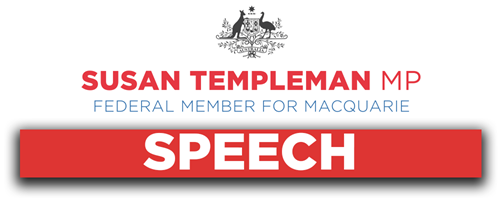
Good evening. It is a wonderful privilege to be here representing the Australian Government and it's been uplifting to be part of this thriving arts community that you all represent.
I'm representing the Minister for the arts, the honourable Tony Burke, who sends his apologies for not being able to be here, but, as I always say, I'm really happy when he can't be somewhere, because it means I get to come!
I'm so grateful for that Welcome to Country and I want to acknowledge the Traditional Owners of the lands on which we're gathered, the Gadigal people of the Eora nation. Their sovereignty over these lands was never ceded.
I pay my respects to Elders, past and present and I extend that respect to all First Nations peoples gathered here tonight.
Every day I'm grateful to live on Aboriginal land and I live in the Blue Mountains, so I see it the moment I open my eyes in the morning.
The generosity with which First Nations Australians share their culture is something that continues to inspire and humble me. That generosity is something that non-Indigenous Australians like me must never take for granted.
It's an honour to be amongst a gathering of artists and cultural leaders who've contributed and accomplished so much.
The list of nominees and recipients for tonight's awards reflects so much of what makes Australia's First Nations arts community dynamic, ambitious and diverse.
We've gathered here to celebrate artists who work in quite different ways across multiple art forms. Each has made a distinctive contribution to the fabric of Australia's cultural life.
What all of you share are the qualities of strong cultural leadership, a commitment to creative excellence and a drive to use the power of storytelling to bring people together.
Since they were first presented in 1993, these awards have become among the most prestigious of their kind, and it's not hard to understand why.
I was looking at a list of previous award recipients earlier today, which includes figures like Stephen Page, Destiny Deacon, Hetty Perkins, Yvonne Koolmatrie, Brenda L Croft, Reko Rennie, Dr Gary Foley, David Gulpilil, Archie Roach, Banduk Marika, Djon Mundine and Uncle Jack Charles. And the list just went on and on.
Like many of this evening's nominees, these are artists who've not only excelled in their chosen creative fields, but helped redefine our cultural identity.
Tonight's nominees have brought First Nations perspectives and experience to contemporary arts practice. You've extended the boundaries of the genres that you work in and your legacy is that culture will be forever enriched by your contribution.
It's fitting that these awards are held at the beginning of National Reconciliation Week on the anniversary of the 1967 referendum.
Since that historic moment, Australia's journey towards reconciliation has been slower and more arduous than many of us would like.
While I share the frustration and understand the weariness that many are feeling after the most recent setback, I also know that we have never needed to hear the voices of First Nations artists more than we do now.
Artists are truth tellers and catalysts of human connection. They recalibrate our senses, shift our perspectives and energise our hopes. For these reasons, artists are amongst the most powerful agents of reconciliation in our society.
I'm proud to be part of a government that is working to amplify the voices of First Nations artists and supporting them to realise their creative ambitions.
Our national cultural policy Revive proudly, puts First Nations First, in recognition of the place of First Nations culture that it must take at the heart of Australia's identity.
The policy allocated funding for institutions like the new Aboriginal Art Gallery in Alice Springs, a new Aboriginal Cultural Centre in Perth, as well as upgrades to NAISDA Dance College.
It committed the government to introducing standalone legislation that will protect First Nations knowledge and cultural expression and address the moral, cultural and economic harm caused by fake art.
The policy provided significant new support for First Nations language programs, aiming to reverse the decline in the number of speakers of those languages (what a great lesson we all had tonight – me especially).
We provided an additional an additional $35.5 million to invest in the creativity and capacity of First Nations artists and I'm especially pleased that this investment is managed by an agency with the principle of self-determination at its core. The creation of First Nations Arts within Creative Australia is one of the signature reforms of the national cultural policy.
First Nations Arts builds on the proud legacy of the Aboriginal Arts Board, established within the Australia Council by Prime Minister Gough Whitlam in 1973.
Addressing a national seminar on First Nations arts organised by the Board that year, Whitlam expressed the hope that the new body would support First Nations’ cultural sovereignty and act as an agent of change in Australian society. He said that:
“…social protest is a proper purpose of the arts and I hope that the Aboriginal Arts Board will strengthen the capacity of urban communities to make their voices heard…Artists are not only those who see and feel most intensely the agonies, the sorrows and the hopes of their own people, they are those who can bring to others the willingness and capacity to comprehend and share these emotions.”
Gough Whitlam was always way ahead of his time.
Governments do not create great art. Artists do.
The role of government is not to create culture, but to hold space open for artists to do what you do best.
Our role is to provide support and to uphold the right to free creative expression and self-determination.
The Aboriginal Arts Board was the very first example of self-determination being integrated into the governance of a government agency and that same fundamental principle is at the heart of First Nations Arts. The support that it provides will nurture the potential of the next generation of First Nations artists – artists whose names might not yet be widely known but will be receiving Red Ochre Awards before too long. Artists who challenge us inspire us and blend tradition and innovation in ways that we can't even imagine yet.
To each of tonight's nominees and award winners, I offer you my sincere congratulations on behalf of the Australian Government and the broader Australian community.
More importantly than that, I want to say thank you for the essential work that you do.
More than 2000 generations of First Nations people lived on this continent prior to colonisation.
The work that you do in creating, leading and keeping culture strong will allow generations yet to be born to maintain their connection with the longest continuous culture on earth.
The First Nations Arts and Culture Awards are presented on just one night of the year, but the contribution that you make is something we should celebrate every single day.
Thank you.


